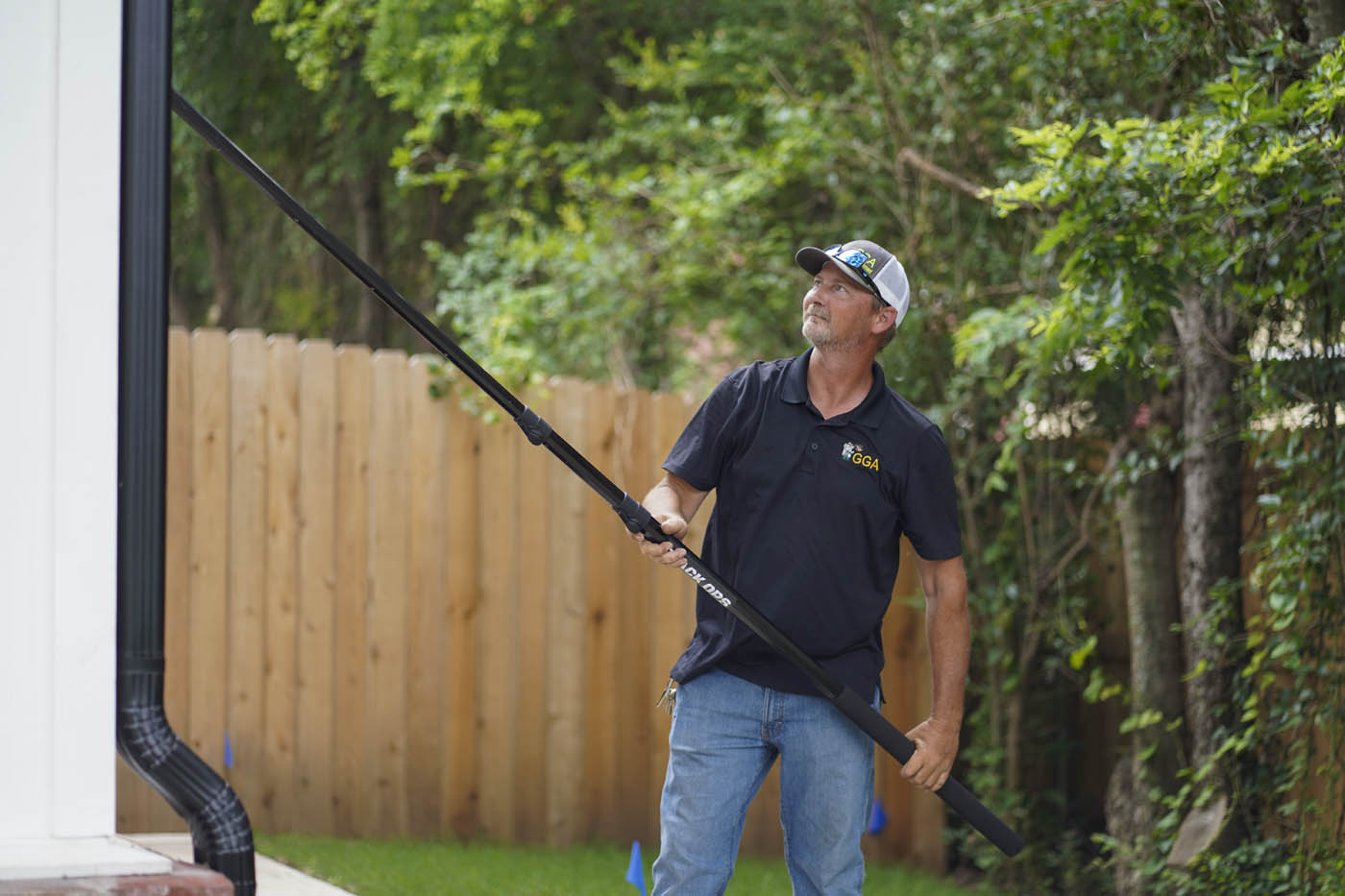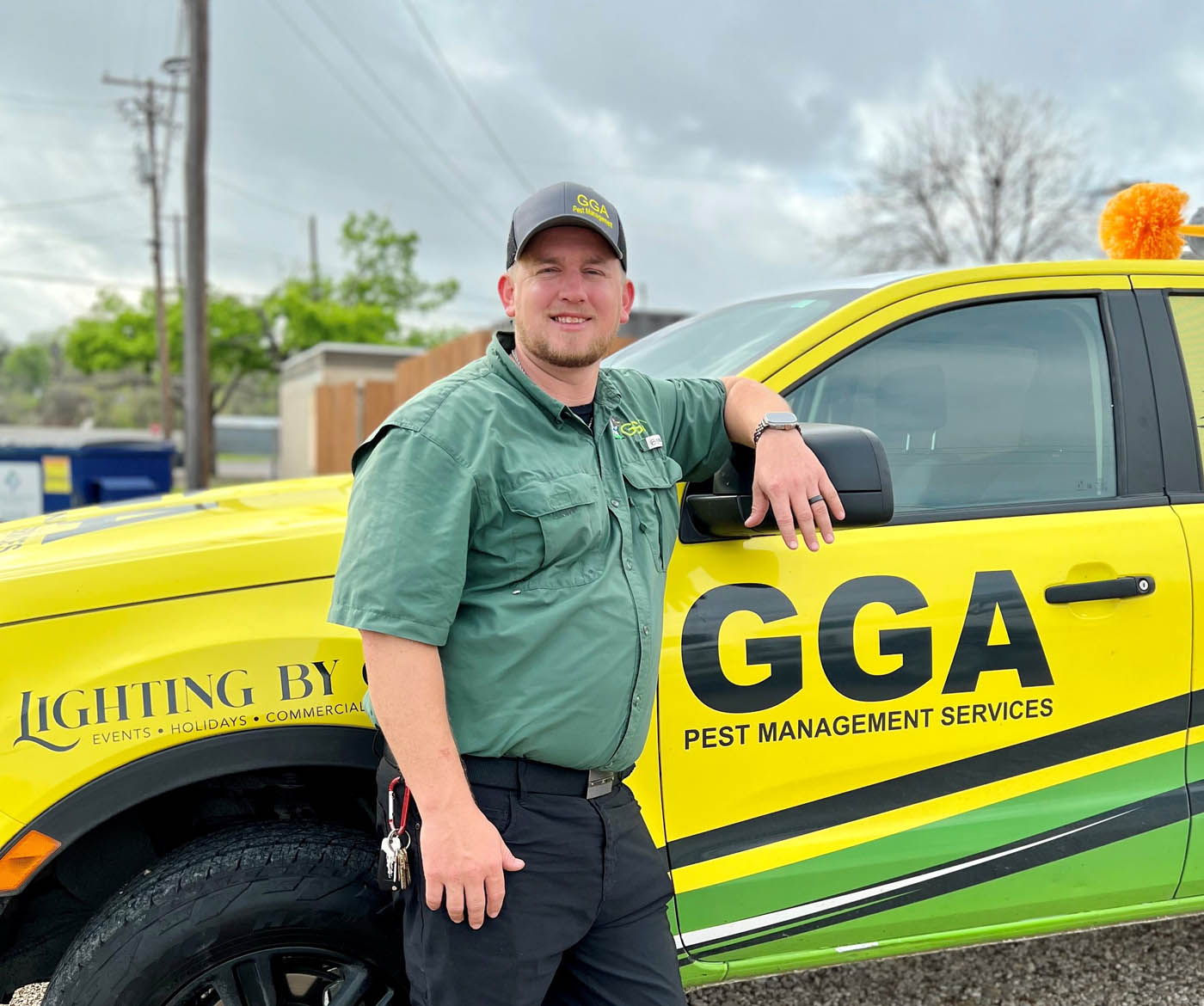The Big and Little Brown Bats Are Finally Making a Comeback
April 6, 2017
The Big and Little Brown Bats Are Finally Making a Comeback For decades a deadly disease known as white-nose syndrome has been decimating the bat population
The Big and Little Brown Bats Are Finally Making a Comeback
For decades a deadly disease known as white-nose syndrome has been decimating the bat population. Two species seem to be finally making a comeback, with their numbers gradually growing with time. The big brown bat has started showing some resilience to the white-nose syndrome, and scientists are also seeing a resurgence of the little brown bat population. Unfortunately, due to the massive drop in the population of a number of different bat species, while a few are finding ways to fight back against this disease, most of the other bat species will take decades longer to rebuild their numbers. Researchers claim that the devastation to their populations has been so great that the community of bats we see flying in the sky since the arrival of the disease will likely never be the same as what we saw before the disease.
One of the species that is slowly growing their numbers is the big brown bat. Their numbers have increased by 20 percent since the disease arrived. Researchers believe this is probably due to their larger size, their wider range of areas to hibernate, as well as their ability to hunt in the winter on warmer days. The big brown bat now has fewer competing bat populations they have to fight over space and food.
The little brown bat is also making a comeback, a species that was reduced by 98 percent in New Jersey. The little brown bat is also one of the species most susceptible to the disease, as they tend to hibernate deep inside caves where the temperature is warmer, which also happens to be the ideal environment for the fungus that causes white-nose syndrome. The little brown bats have adjusted their lifestyle and behavior in order to have a better chance of surviving despite the disease. They've begun hibernating in colder parts of caves and mines where the temperature stays around 38 to 41 degrees Fahrenheit, thus protecting them better from the fungus, which grows best at 41 to 50 degrees. Their numbers have since been steadily growing every year, improving the annual survival rate and bringing it slowly closer to more normal levels that existed pre-white-nose syndrome.
Have you heard of this white-nose syndrome or actually seen any bats sick with it? How do you think we can help protect the bats and ensure their survival so their populations can rebuild?




